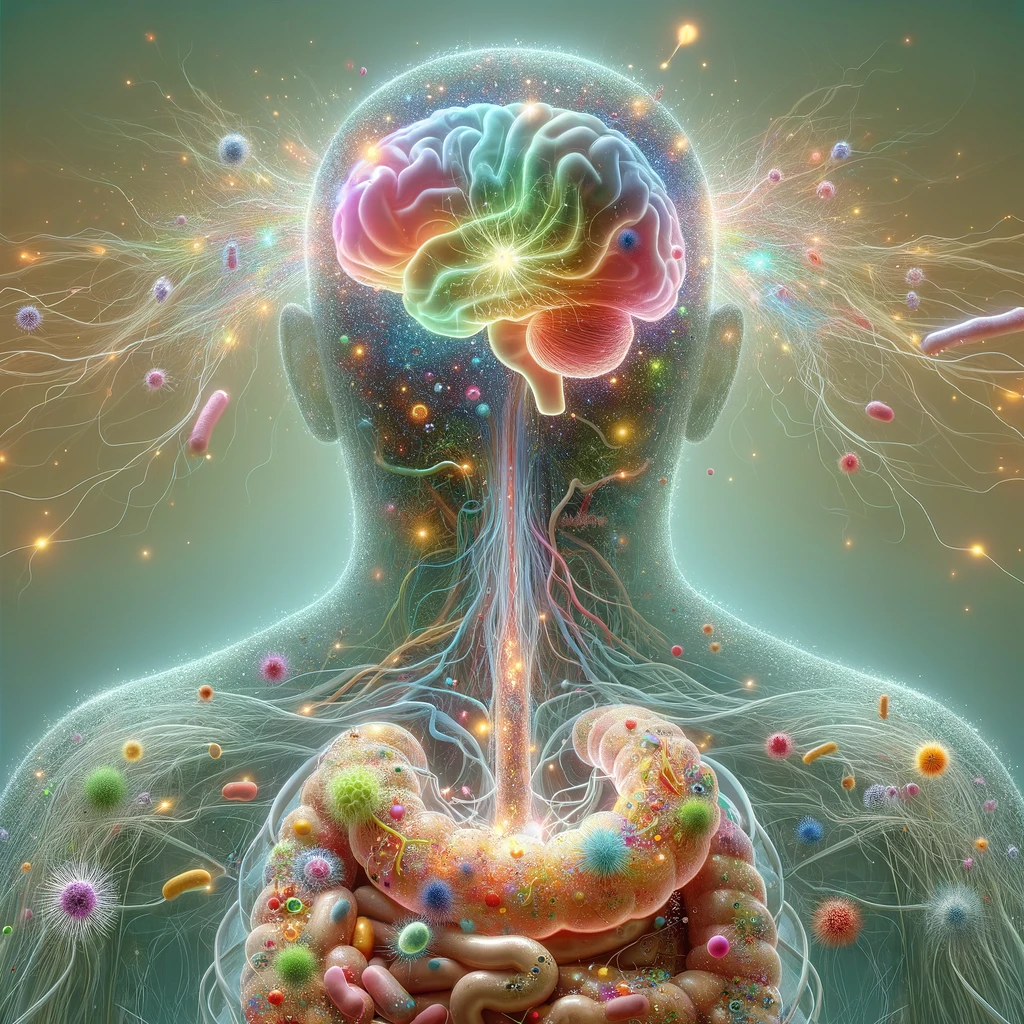The microbiota-gut-brain axis: neurobehavioral correlates, health and sociality
Montiel-Castro et al. (2013) reveals to us the increasingly likely fact that as well as protecting the host from pathogens, metabolizing complex lipids and polysaccharides and thereby making certain nutrients accessible, neutralizing drugs and carcinogens, altering intestinal motility, and making visceral perception possible, the microbiota within the gut play an influential role in various physiological processes, including cognitive functions (learning, memory and decision making). It is also becoming evident that the gastrointestinal tract and the brain communicate mainly through the vagus nerve, and this phenomenon called the “microbiota-gut-vagus-brain axis” is crucial in the maintenance of homeostasis and is implicated in the etiology of several metabolic and mental dysfunctions/disorders. The aim of this review was to examine the research conducted on gut microbiota’s ability to communicate with the brain and thus modulate behavior, and also to discuss the ethological and cultural strategies of human and non-human primates to select, transfer and eliminate microorganisms, and therefore select their commensal profile. [NPID: microbiome, MGBA, gut-brain axis, gut microbiome, carcinogens, visceral perception, learning, memory, decision making, GI tract, vagus nerve, homeostasis, metabolic disorders]
Year: 2013
 Navigation
Navigation






